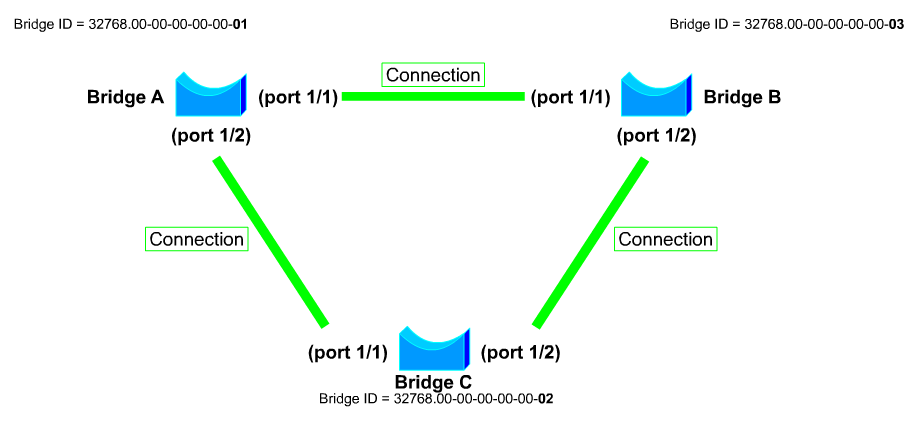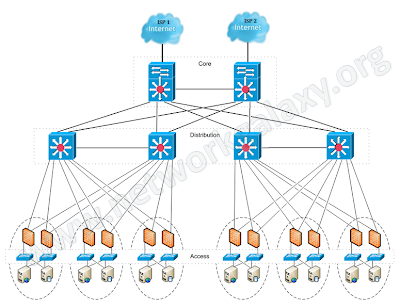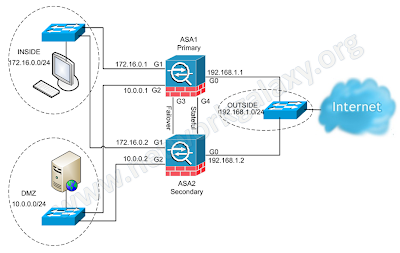In this post we'll be setting up a VIP with a backend pool of three nodes. We have details of backend node IP addresses, which are given by developer team, and VIP address is allocated/secured by us. In our last post, we looked at F5 BigIP Initial Setup and Configuration . First thing first, so lets create an A record in DNS for application FQDN pointing to Virtual Server IP address. To start on F5 BigIP, we'll create Nodes. Navigate to Local Traffic >> Nodes >> Create New Node. Add the server name and Address value in the respective fields. After you add the all the backend nodes, you should be able to see the list of nodes in Nodes section Next step is to create Pools of backend nodes. Navigate to Local Traffic >> Pools >> Create New Pool. Add the Name of the pool, and add backend nodes to the pool that we added in in last step along with port and protocol. Also add the health monitor to be used to monitor the health of backend nodes, so that inactive...














.png)